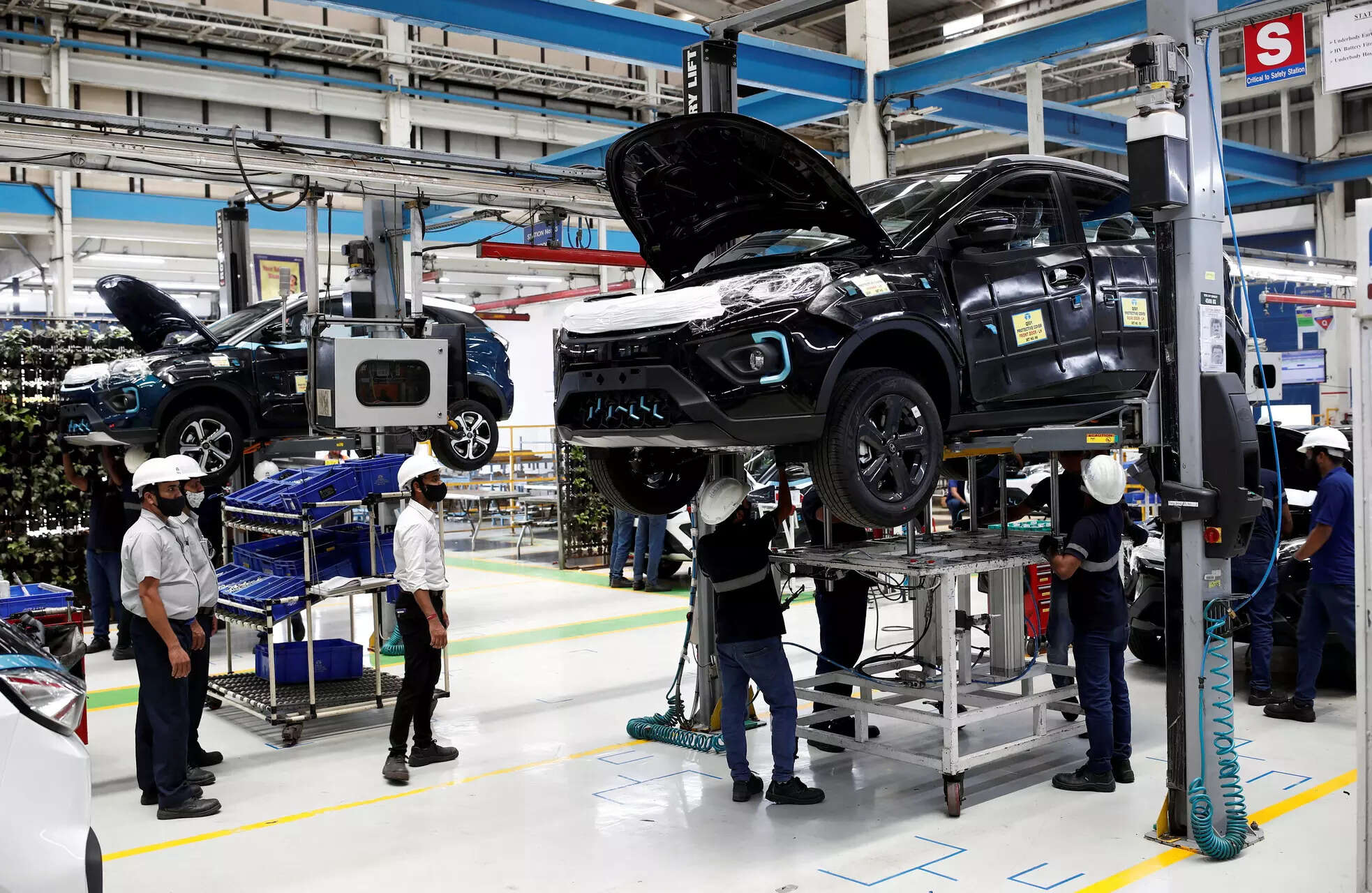
New orders for U.S.-manufactured goods increased solidly in March, boosted by demand for commercial aircraft and motor vehicles, but gains elsewhere were moderate.
Factory orders rose 1.6% after gaining 1.2% in February, the Commerce Department’s Census Bureau said on Thursday. The increase in orders was in line with economists’ expectations. Orders gained 0.3% year-on-year in March. Excluding transportation, orders increased 0.5% in March.
Manufacturing, which accounts for 10.4% of the U.S. economy, remains constrained by 525 basis points worth of interest rate hikes from the Federal Reserve since March 2022. A survey from the Institute for Supply Management on Wednesday showed its manufacturing PMI falling into contraction territory in April after a short-lived bounce in March.
Fed officials on Wednesday kept the U.S. central bank’s benchmark overnight interest rate unchanged in the current 5.25%-5.50% range, where it has been since July.
In March, commercial aircraft orders soared 30.6% after rising 15.6% in February. Orders for motor vehicle bodies, parts and trailers increased 1.1%. Overall transportation orders increased 7.8% after climbing 1.7% in February.
Machinery orders slipped 0.1%. Orders for computers and electronic products rose 0.7%, while those for electrical equipment, appliances and components were unchanged.
Shipments of manufactured goods rose 0.3%, while inventories were unchanged. Unfilled orders at factories increased 0.4%.
The government also reported that orders for non-defense capital goods excluding aircraft, which are seen as a measure of business spending plans on equipment, edged up 0.1% in March instead of rising 0.2% as previously reported.
Shipments of these so-called core capital goods were unchanged instead of gaining 0.2% as reported last week.
Nondefense capital goods orders increased 5.4% as initially estimated. Shipments of these goods decreased 1.7% instead of 1.5% as reported last week.
These shipments go into the calculation of the business spending on equipment component in the gross domestic product report. Business spending on equipment rebounded moderately in the first quarter after contracting for two straight quarters.

